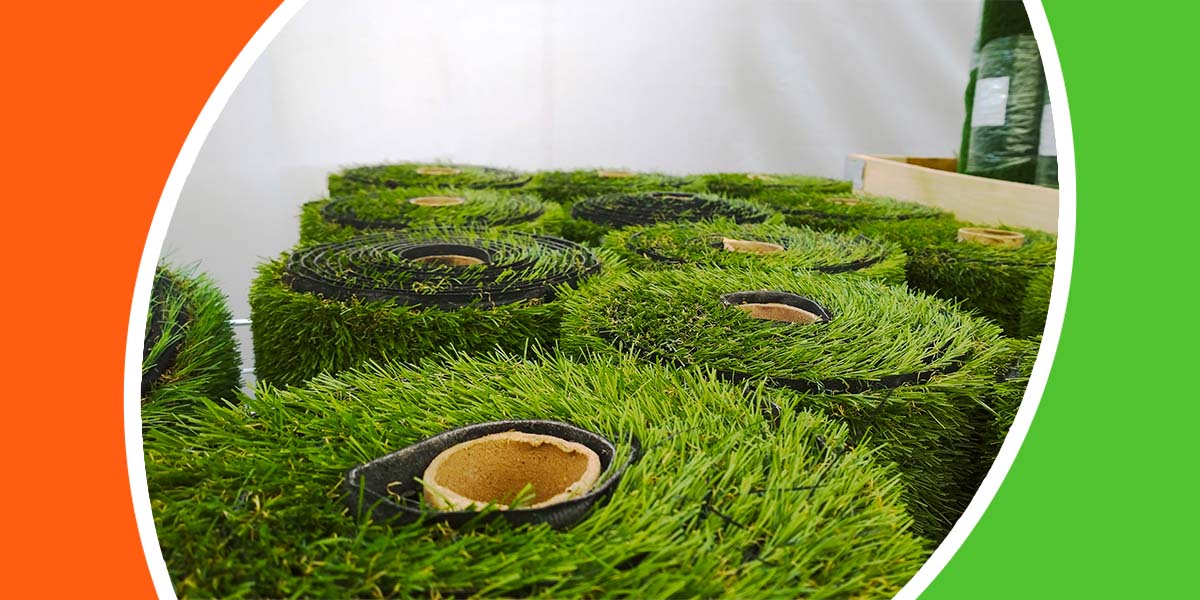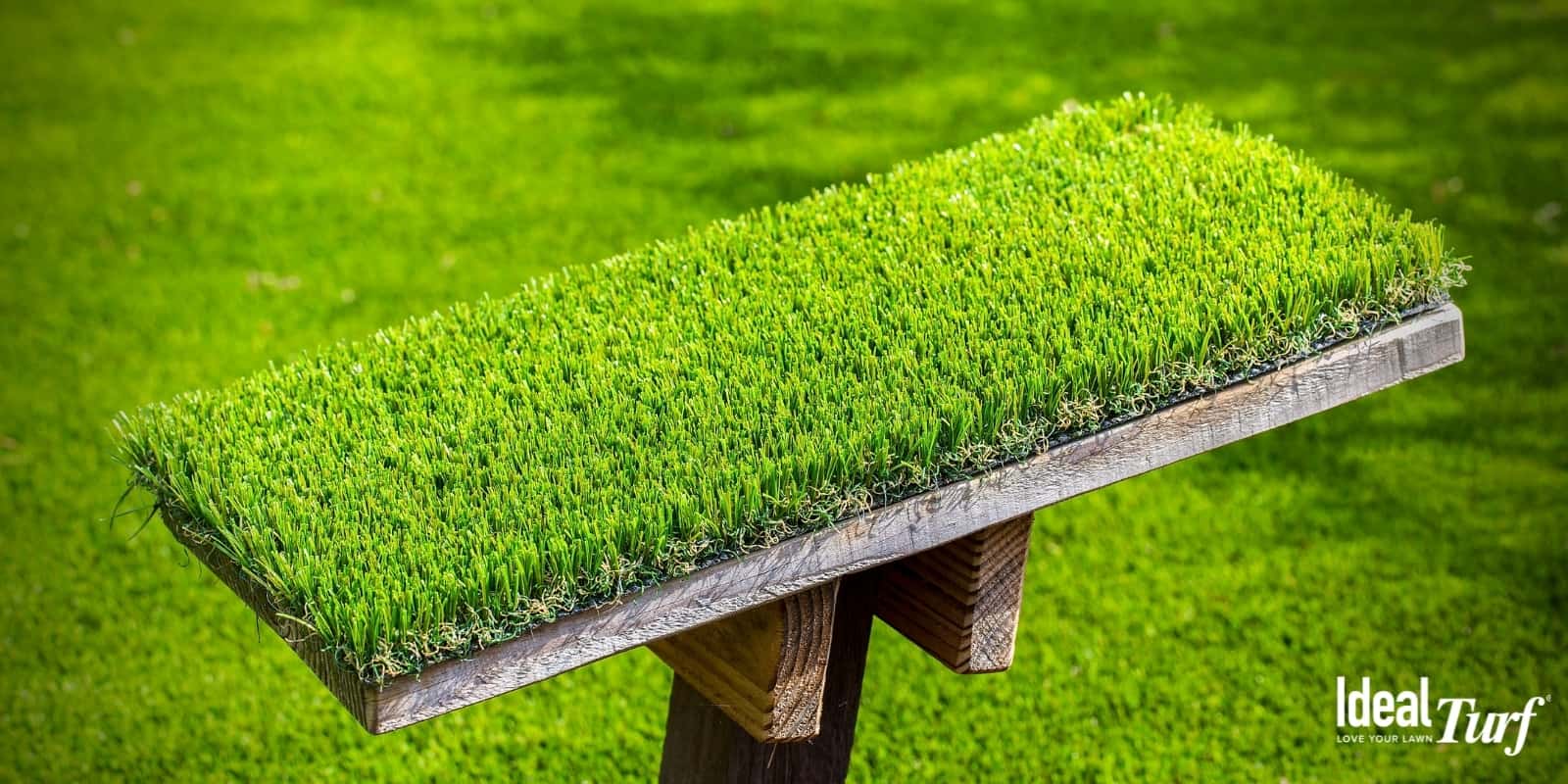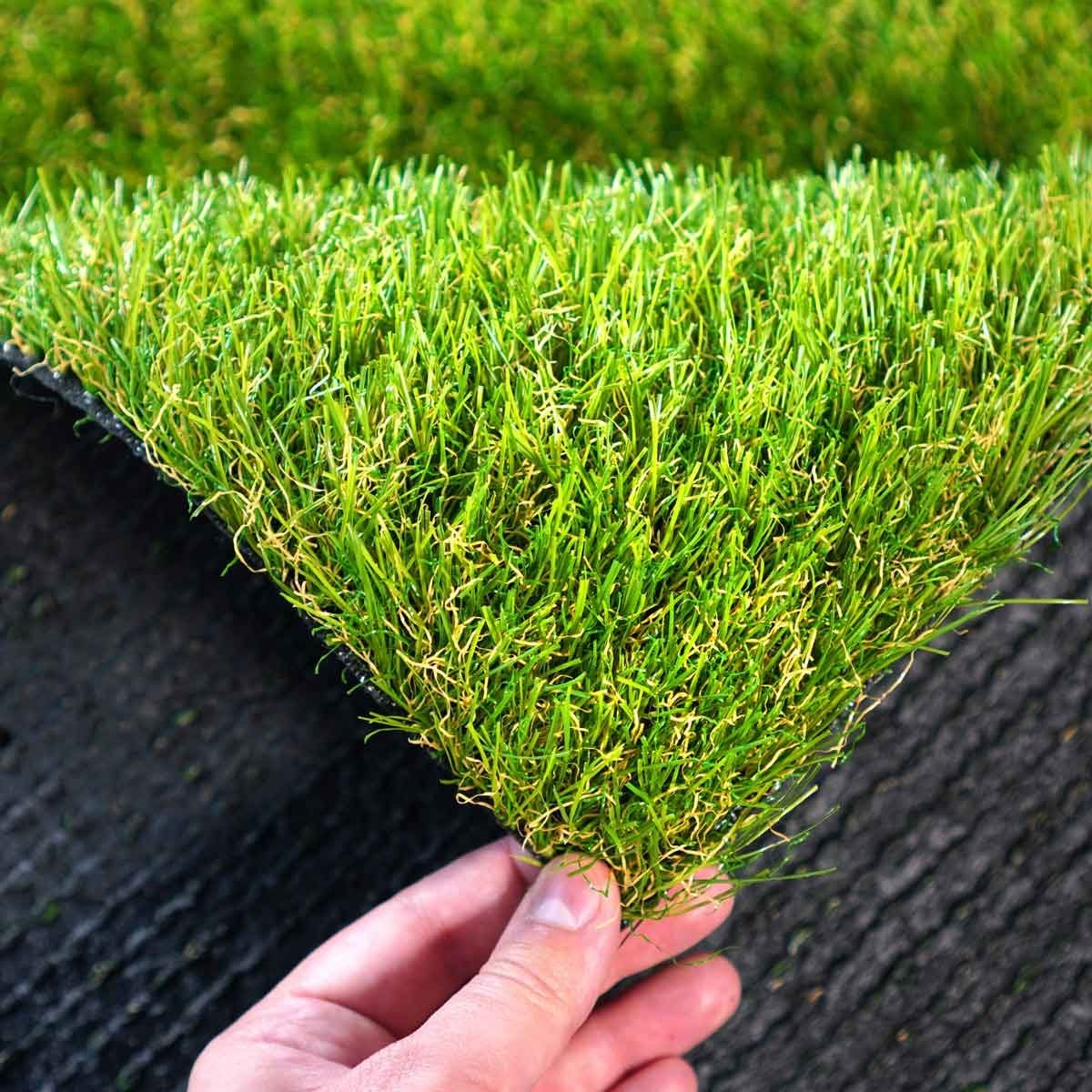Discover Reputable Artificial Turf Companies Phoenix for Your Landscaping Needs
Discover Reputable Artificial Turf Companies Phoenix for Your Landscaping Needs
Blog Article
Explore the Environmental Perks of Opting for Artificial Lawn Solutions
The adoption of man-made grass services presents a compelling opportunity to deal with pressing environmental challenges. By substantially minimizing water use and minimizing the application of hazardous chemicals, these options not only advertise sustainable landscaping yet additionally shield neighborhood ecosystems. Moreover, the lower carbon impact connected with reduced maintenance activities adds to a much more sustainable technique to land administration. Nonetheless, the effects of these benefits extend past mere preservation efforts, questioning about their long-term influence on habitat conservation and total environmental balance. Discovering these dimensions exposes a complex interplay worth considering.
Water Conservation Advantages
Among the most considerable benefits of fabricated lawn is its capability to preserve water. Typical grass yards call for substantial watering, specifically in locations prone to drought or water restrictions. On the other hand, synthetic grass does not need watering, significantly decreasing the overall demand for water resources. This function is particularly helpful in deserts where water shortage is a pressing concern.
By eliminating the requirement for normal watering, synthetic grass adds to sustainable landscape methods and aids reduce the environmental influence of excessive water usage. The conservation of water expands to the reduction of overflow, which can lead to dirt erosion and river pollution.
Additionally, the installment of synthetic grass allows house owners and districts to allocate water sources extra successfully, concentrating on essential usages such as alcohol consumption water and farming. The change towards synthetic grass not just advertises responsible water usage but also aligns with wider ecological goals aimed at preserving natural deposits.
As communities increasingly focus on sustainability, the water preservation advantages of man-made grass offer an engaging situation for its adoption in commercial and household landscaping jobs.
Decreased Chemical Usage
The change to artificial lawn significantly lowers the dependence on chemical therapies frequently used in all-natural yard maintenance. Typical lawn management commonly includes the application of herbicides, fertilizers, and chemicals to promote development and control parasites. These chemicals can position threats to human wellness, regional wild animals, and the atmosphere, adding to dirt and water contamination.
In comparison, artificial grass removes the need for these dangerous materials. By lessening the launch of artificial substances into the ecological community, synthetic grass promotes much healthier dirt and water systems.
Moreover, the absence of chemical runoff related to fabricated turf installations helps safeguard regional rivers from contamination, supporting water life and keeping biodiversity. Phoenix turf companies. As neighborhoods significantly prioritize sustainable practices, going with artificial lawn provides a sensible solution that aligns with environmental preservation objectives. With this change, home owners can enjoy rich eco-friendly spaces without endangering eco-friendly health and wellness, leading the means for an extra lasting future
Lower Carbon Impact

Additionally, the installation of man-made grass can lead to substantial water preservation. All-natural grass require considerable quantities of water for irrigation, which not only includes to the carbon impact connected with water removal and treatment however additionally pressures local water sources. In contrast, synthetic grass requires minimal maintenance, requiring no watering, consequently significantly minimizing water use and its associated power expenses.
Additionally, the long life of artificial grass adds to its lower carbon impact. With a life-span of up to 15 years or even more, the requirement for constant replacements is reduced, causing less waste and lower power intake in manufacturing and disposing of standard yard options. Overall, artificial lawn presents a lasting option for ecologically conscious landscaping.
Environment Conservation
Habitat preservation is an important factor to consider in the dispute over landscaping choices, particularly when contrasting fabricated lawn to all-natural grass. All-natural lawn lawns usually call for extensive upkeep, consisting of using chemicals, herbicides, and fertilizers, which can adversely influence neighborhood ecosystems. These chemicals can seep right into the dirt and waterways, hurting native flora and animals and disrupting neighborhood environments.
Fabricated turf eliminates the requirement for unsafe chemicals, thus protecting nearby wildlife and maintaining the integrity of bordering communities. The setup of synthetic grass can lead to the conversion of former grass areas right into even more biodiverse landscapes, such as pollinator yards or native plant areas, which can sustain neighborhood wild animals.
Inevitably, the transition to synthetic grass not find out here just saves water and decreases maintenance efforts but also fosters a more unified connection in between human activities and the natural surroundings, promoting habitat conservation in the procedure.
Long-Term Sustainability
Lasting sustainability is a vital aspect in examining the advantages of artificial turf over traditional yard yards. One of the most significant advantages of synthetic turf is its resilience; it can last as much as 15-20 years with minimal upkeep, whereas natural lawn needs regular reseeding and substitute. This durability lowers the demand for consistent resources, such as water, plant foods, and pesticides, which are crucial for keeping a healthy and balanced grass yard.
Additionally, synthetic grass adds to a decrease in carbon emissions connected with grass care devices. Conventional lawns typically call for gas-powered mowers, trimmers, and blowers, all of which add to air pollution. Turf installation phoenix az. In comparison, synthetic grass gets rid of the demand for such equipment, advertising a cleaner setting
Furthermore, the manufacturing of artificial lawn progressively makes use of recycled materials, enhancing its sustainability profile. As manufacturers embrace eco-friendly practices, the environmental impact of synthetic grass remains to reduce.

Verdict
The fostering of artificial lawn solutions presents significant environmental advantages, consisting of considerable water preservation, decreased dependence on damaging chemicals, and a reduced carbon footprint. Moreover, artificial turf aids in protecting natural environments by minimizing land disruption and advertising long-term sustainability through the usage of durable products. Collectively, these variables highlight the capacity of man-made turf to contribute positively to environmental health and use a viable alternative to conventional landscaping practices in an increasingly resource-conscious world.
In contrast, artificial lawn does not require watering, considerably lowering the overall demand important link for water sources. By lessening the release of artificial compounds right into the environment, fabricated browse around these guys lawn promotes healthier dirt and water systems.
In addition, the installation of synthetic lawn can result in significant water conservation. In contrast, synthetic grass needs minimal maintenance, calling for no watering, thus considerably reducing water use and its associated power prices.

Report this page